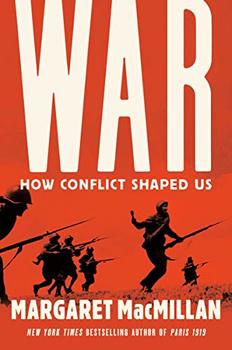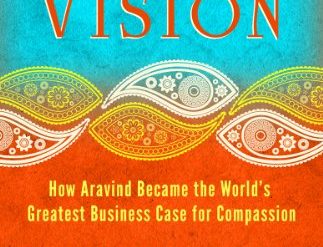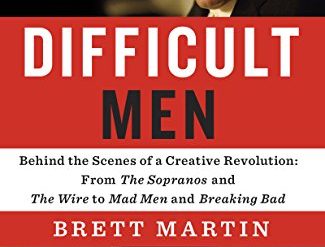
Toward the end of Margaret MacMillan‘s impressive survey of armed conflict through the ages, she poses a question attributed to Pancho Villa: “What is the difference between civilized war and any other kind of war?” In fact, it might be said that most of the three hundred pages in War could be said to dramatize just how insightful that question was.
The book’s subtitle notwithstanding, this is not a study of “how conflict shaped us.” A different book might have explored in depth the ways that war has affected society and shifted the course of history. But MacMillan briefly dispenses with this task in her first chapter. In what comes later, MacMillan weaves such obvious themes as the expanded role of government, the spread of disease, the acceleration of technological development, and the changing role of women into the background. Instead of a systematic analysis, War offers an impressionistic view of armed conflict through the ages—a view that, nonetheless, is powerful indeed.
War: How Conflict Shaped Us by Margaret MacMillan (2020) 304 pages @@@@ (4 out of 5)
MacMillan has clearly mastered the history of war. In nine long chapters bearing such abstract titles as “Reasons for War,” “Ways and Means,” “Civilians,” and “Controlling the Uncontrollable,” she demonstrates just how frequent and brutal armed conflict has been virtually ever since the first human beings walked the Earth some 3,500 centuries ago.
Skipping back and forth through history
War is not a chronological account of armed conflict through the ages. In any given chapter, the reader might encounter references from the Punic Wars and China’s Warring States Period to the Wars of the Roses, the American Civil War, and today’s conflicts in the Middle East, Afghanistan, and the Congo. MacMillan seems particularly enamored of the First World War, which crops up again and again. (It’s no coincidence that she is also the author of Paris 1919, an award-winning study of the Versailles Treaty that ended the Great War.)
Is violence on the wane?
There is, of course, no end of material for a book such as this. As MacMillan notes in her conclusion, “the world has seen, depending on how you count them, between 150 and 300 armed conflicts since 1945.” Wikipedia lists thirty-five that are ongoing as I write, excluding those in which fewer than one hundred people have died in the past year. “War is not an aberration,” MacMillan writes, “best forgotten as quickly as possible. Nor is it simply an absence of peace which is really the normal state of affairs.” It’s this reality that leads the author to question the claim by Steven Pinker (The Better Angels of Our Nature: Why Violence Has Declined) and others that the human race is growing kinder and gentler. As MacMillan reports, “war deaths in the twentieth century may amount to 75 percent of all war deaths in the last 5,000 years.”

MacMillan’s prose is elegant, her command of the historical record eye-opening. But the way she has organized the book is puzzling, with every chapter more closely resembling a brain-dump than methodical analysis. And there are no subheads and virtually no other breaks in the copy to guide the reader through the twists and turns of the author’s thoughts.
About the author
Margaret MacMillan is a Canadian professor of history at the University of Oxford, which alone places her in the top ranks of her profession worldwide. She is a great-granddaughter of the World War I-era British Prime Minister David Lloyd George. Her earlier work, Paris 1919, drills down on the negotiations at Versailles in which her great-grandfather was centrally involved. The book won numerous awards. Of MacMillan’s dozen books, most, like War, revolve around the theme of armed conflict through the ages.
For additional reading
You might also be interested in:
- 20 top nonfiction books about history plus more than 80 other good ones
- 5 top nonfiction books about World War II (plus many runners-up)
- The 10 best novels about World War II (with 30+ runners-up)
- 7 common misconceptions about World War II
- The 10 most consequential events of World War II
- Top 20 popular books for understanding American history
And you can always find my most popular reviews, and the most recent ones, plus a guide to this whole site, on the Home Page.


























